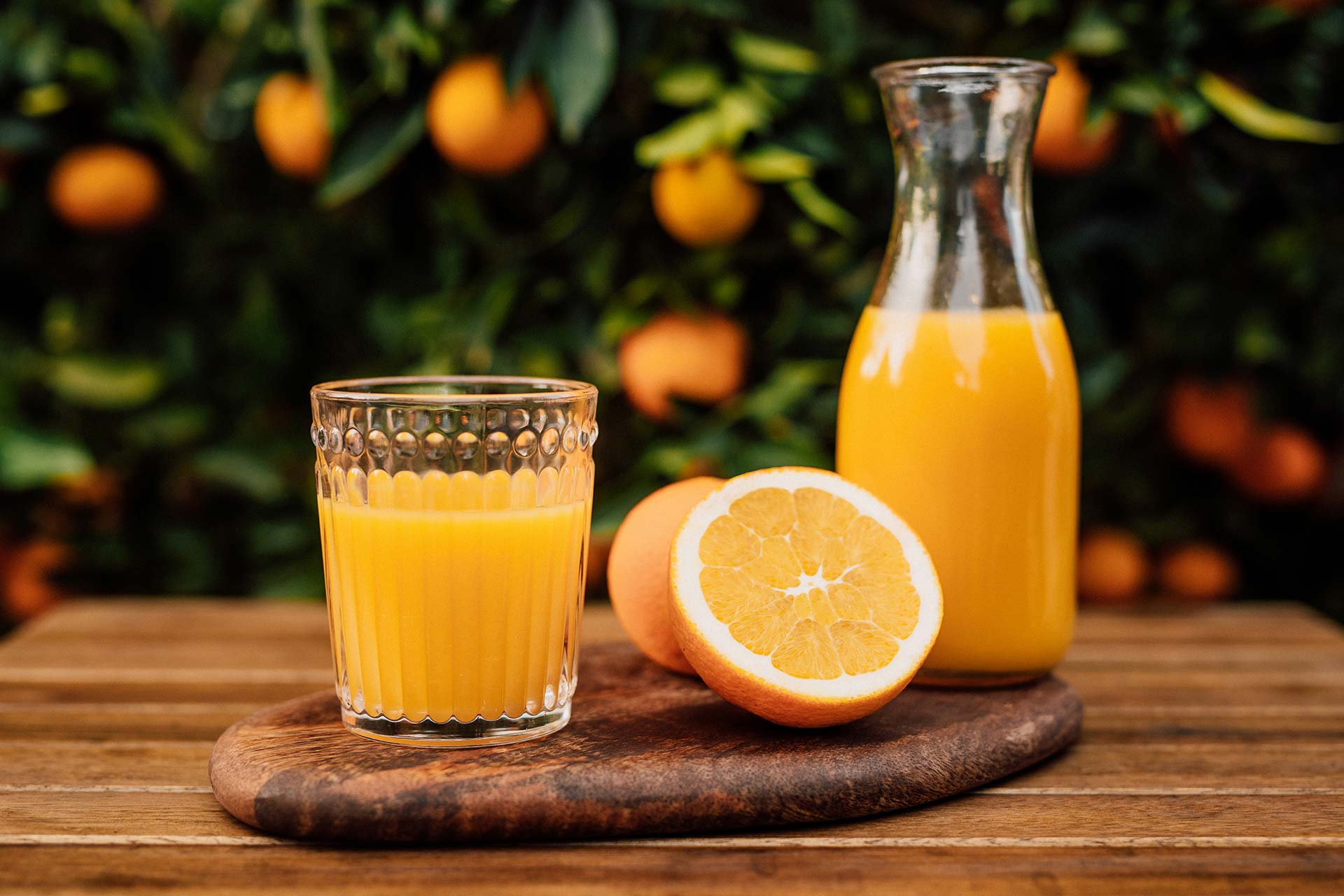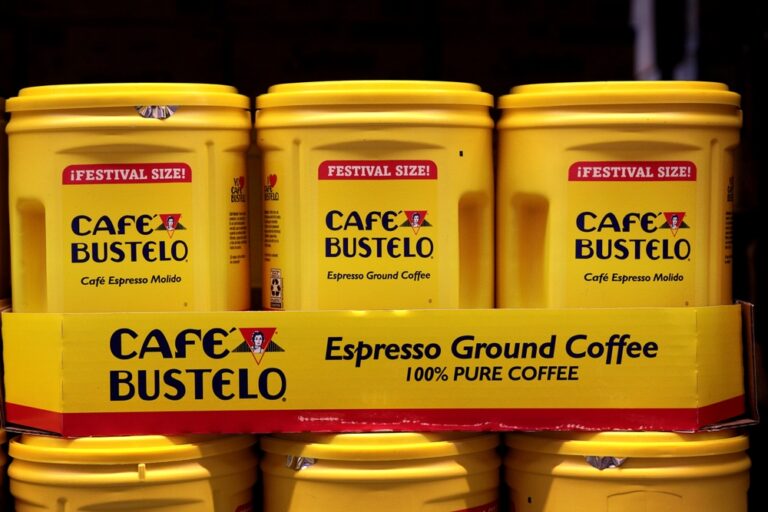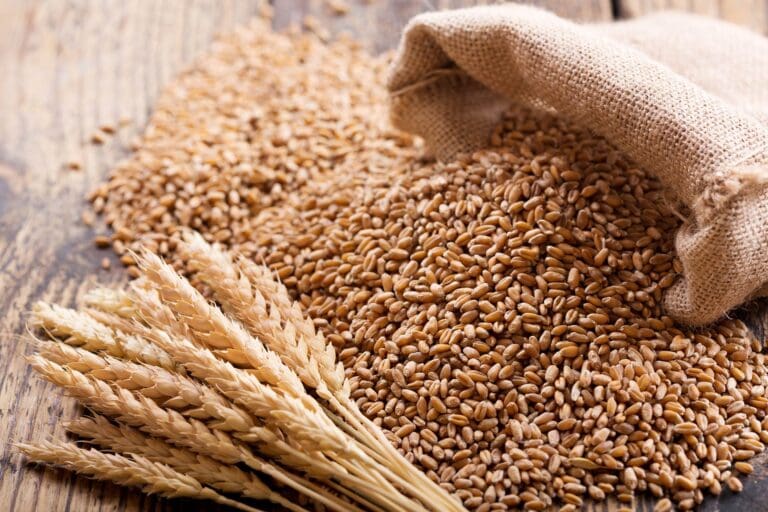With the orange harvest in Brazil now underway, industry players expect to see a significant year-on-year (y-o-y) increase in crop size. In May, industry association Fundecitrus published its 2025/26 orange crop forecast for the São Paulo and West-Southwest Minas Gerais citrus belt (Brazil’s main orange-producing region), projecting 314.6 million boxes (40.8 kg each). If realized, this would be a 36.27% y-o-y increase and would bring output back into the average range of the past 10 years.
According to Fundecitrus, the increase is primarily due to a higher number of fruits per tree, improved grove management and a greater number of productive trees compared with the previous season. With most of the crop expected to be harvested in the second bloom (typically occurring around November), larger volumes will appear in the market later this year, sources told Expana.
Orange juice prices have been on a downward trend since peaking in August 2024. Historically low orange production in Brazil drove a surge in prices, with Expana Benchmark Prices (EBP) for Brazilian orange juice concentrate [Expand code: FJ01] hitting an all-time high of $7,000/metric tonne (mt) that month. Demand for juice then started declining in response to the high prices. The significant drop in global demand led to substantial price drops, and the EBP for Brazilian orange juice concentrate stood at $4,000/mt on June 30, 2025.

Despite the price drops, sources have told Expana that the market continues to be sluggish and demand is still low, and with a boost in orange production forecast, market sentiment remains bearish.
Speaking to Expana, sources reported that Brazil is likely to crush significant quantities, helping to build up carryover stock of orange juice, speculating that this could stabilize market prices at a lower level. Sources also stated that the levels of procurement and prices paid by big buyers is currently a watch-out factor, as the industry waits to see how the new season will unfold.
Image source: Getty
Written by Craig Elliott




